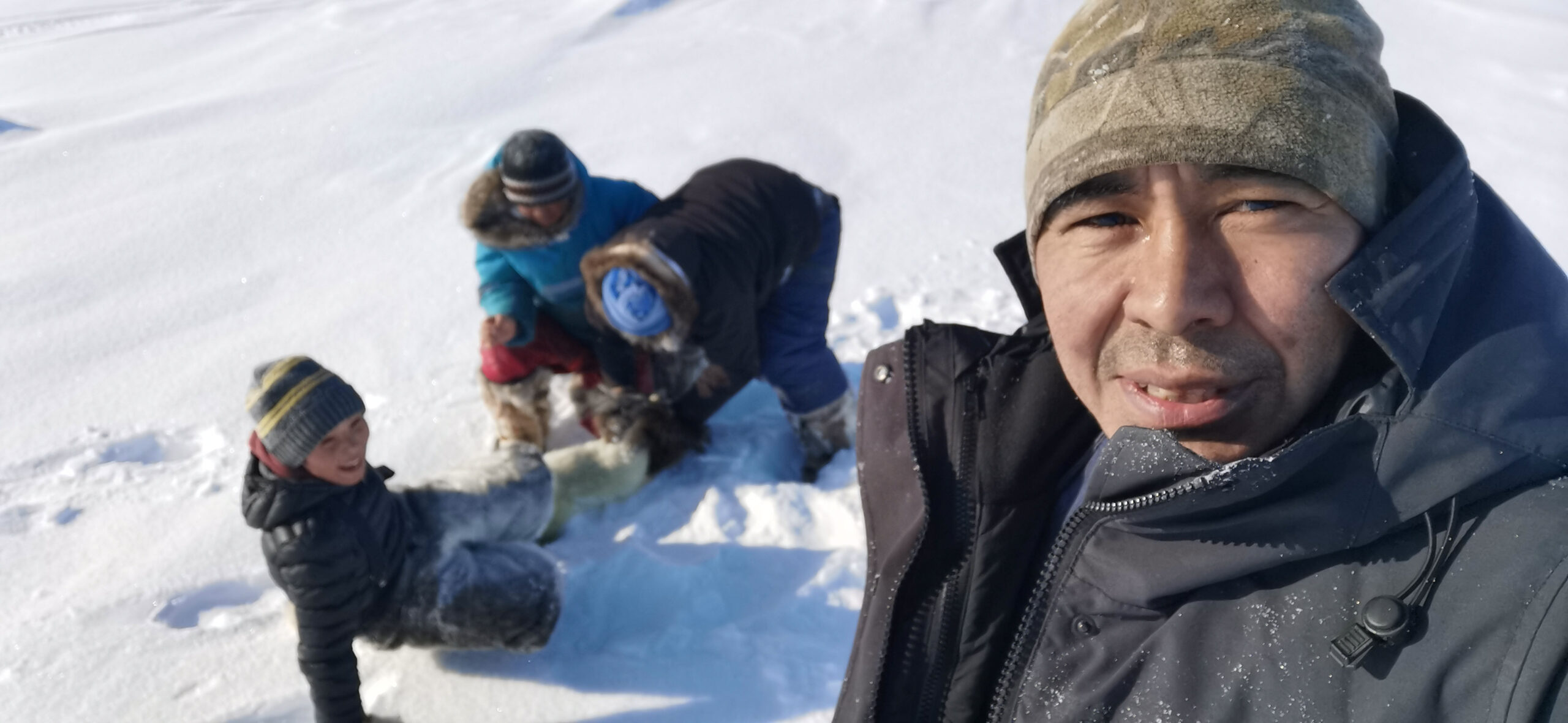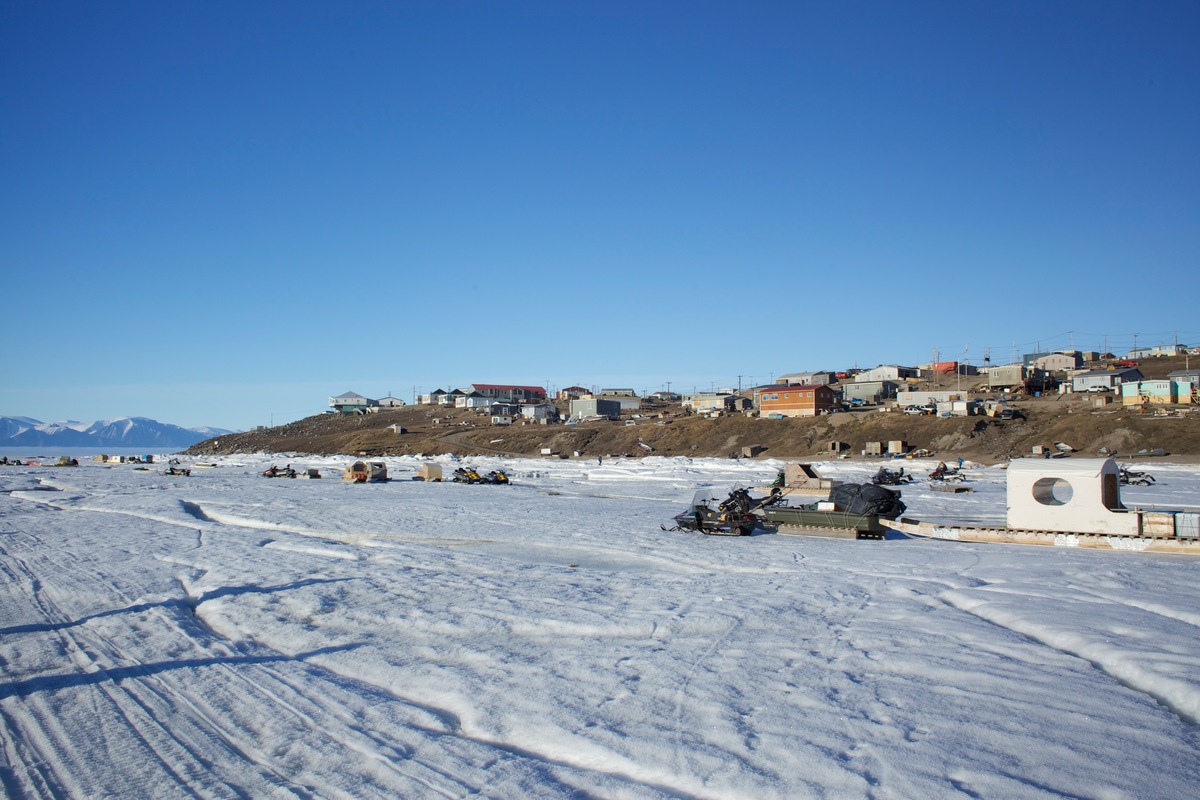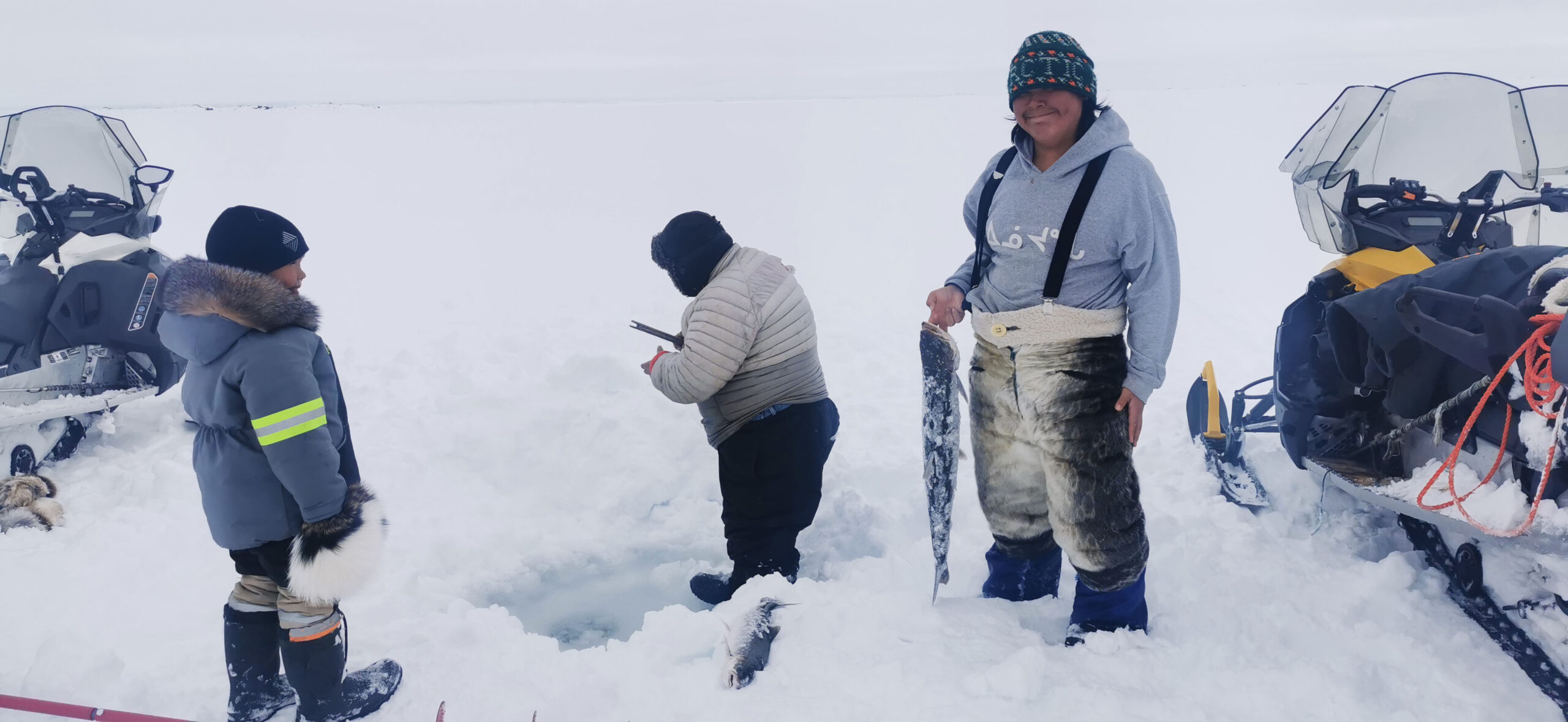The true costs of mining in Nunavut: ‘What if I can’t teach my children our ways anymore?’
Operated by a Canadian mining company called Baffinland, the Mary River Mine is one of the world’s richest reserves of high-grade iron ore. Located on the northern end of Baffin Island in Nunavut, the mine produces 4.2 million tonnes of ore each year. In 2024, that amount will increase to 6 million.
Last fall, the Canadian government rejected Baffinland’s proposal to further expand its operations. The company’s plans would have more than doubled the mine’s output and seen a 110 km railway built to service the nearby port. Although the government’s decision was a victory for many Inuit groups in the region — who fought the proposal — the 1,700 residents of Pond Inlet are still living with the consequences of having an iron mine as a neighbour.

Enookie Inuarak is one of them. The former vice chairperson of the Mittimatalik Hunters & Trappers Organization, one of the groups that fought the expansion plan, he spoke to us about the impact the mine has had on his community since it opened in 2015.
How would you describe Pond Inlet?
It’s one of the most northern communities in Nunavut, above the Arctic Circle. Right now, it’s the dark season. We haven’t seen the sun for weeks. This area is a highway for marine wildlife during spring and summer — and even in winter.
We see species like bowhead whales, narwhals, belugas, polar bears, different kinds of seals and a lot of birds. We are still very active in harvesting for subsistence use. We depend on it for food and clothing. It’s a very important part of our diet, especially narwhals, different kinds of seals, caribou and Arctic char.
When Baffinland opened the mine in 2015, how did it affect your community?
It’s so different now. First off, we started noticing the marine wildlife not being around as much as before. And we ended up having to travel longer and farther to hunt and spend more on gas. We also had to start spending more on store-bought food.
But less marine wildlife was just one of the first impacts we noticed. We’re harvesting less char now during the summer. We see fewer seals and narwhals, and even birds, now. There are constantly ships coming and going, anywhere from two to five a day, and there’s constant noise pollution. Even before there were any mining ships, when any kind of ship passed by, we used to notice marine wildlife being scared and moving away. Now we see constant ships, and I guess it’s the noise pollution they’re avoiding.

If those species were to disappear, what would it mean to your way of life and your community?
Without these species, we would also lose our harvesters and hunters. The income that comes with those activities would be lost, so the harvesters and hunters would have to look for different ways to make a living. And that would be similar to losing farmers in southern areas: imagine no more steak, eggs, bacon and so on. It would be a catastrophe, and countless centuries-old traditions would be gone.
It would definitely affect us, health-wise, because the food we harvest now is very healthy. For instance, with narwhals we get a lot of the vitamin C we need, and without them, we would get a lot less. If we were to rely on only store-bought food — which is shipped to Pond Inlet just once a year — it would have a major impact.
What role did you have in fighting the mine’s expansion plans?
Well, the Mittimatalik Hunters & Trappers Organization represents the Inuit of the community as well as Inuit hunting rights and the environment. In one of our annual general meetings, someone put forward a motion not to support the expansion because of the impacts we were already seeing. I think we had a big role in preventing the expansion — we were the voice of the community, we were part of the hearings, and we also went down to Ottawa to lobby. We talked about the reality of what we were seeing and the changes we had seen.
The mining company kept saying there wouldn’t be impacts, but that didn’t make any sense at all because we see the impacts already. I think we definitely had some role in the government’s decision. We were very happy that the government listened to us.
What do you see for the future? Can your community and the species that live there coexist with this mine?
Well, hopefully the marine wildlife can adapt somewhat to this new constant ship traffic. But the way we see things now, it’s kind of difficult. Like, some families here have gone out on the land hunting and come back empty-handed. It’s sad. And it hurts. So, I don’t know how it’s going to be.

And now, with the increase in production to 6 million tonnes next year, there is going to be more shipping and a longer shipping season. Already this year, we saw ships passing by when ice was forming, and the hunters noticed that the seals were completely gone until the ships stopped coming.
Hopefully, the mining company can listen to Inuit and work with the governments and different organizations. Because the impacts to the Inuit way of hunting and sustaining our culture could be irreversible. And if this keeps happening, what do we get in return? We barely get anything in return.
It could be devastating in the long term. What if I can’t teach my children our ways anymore, and my children’s children don’t learn what I learned from my father?
That is what I am scared to think about.
This article originally appeared in WWF Arctic’s latest issue of The Circle: “Leave it in the Ground.“

